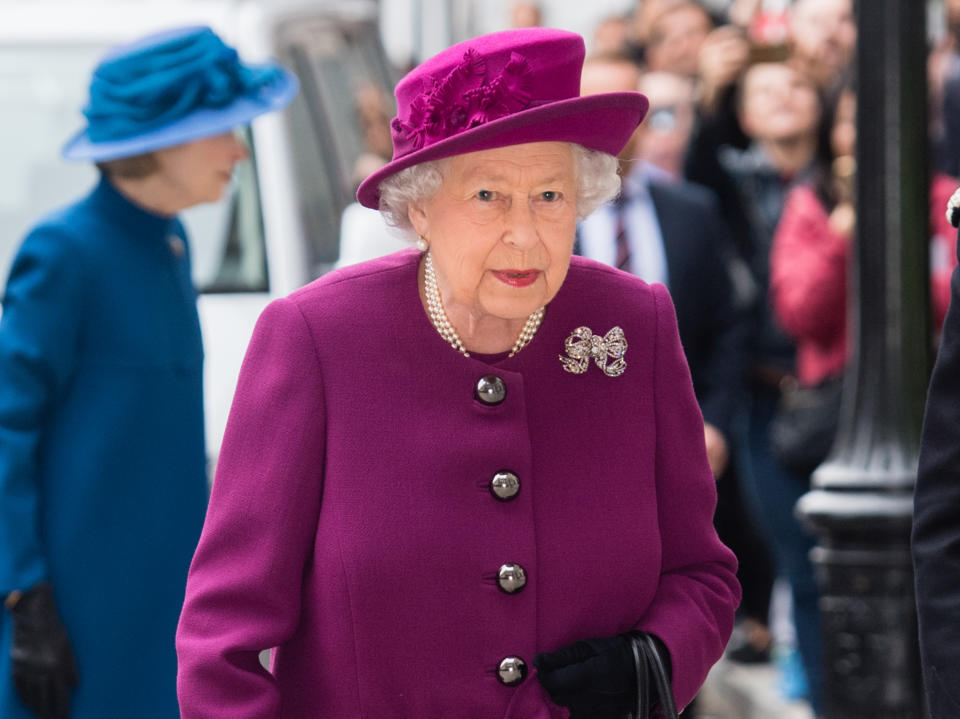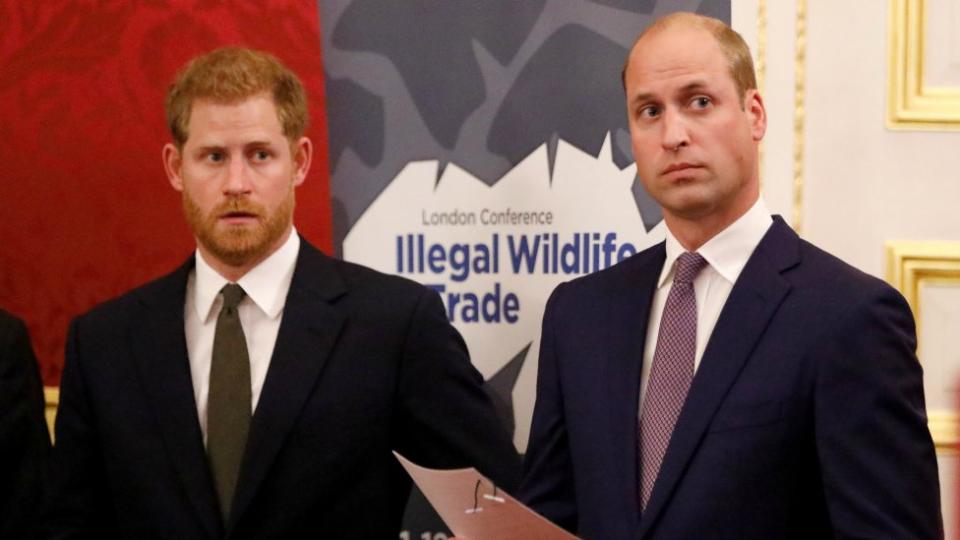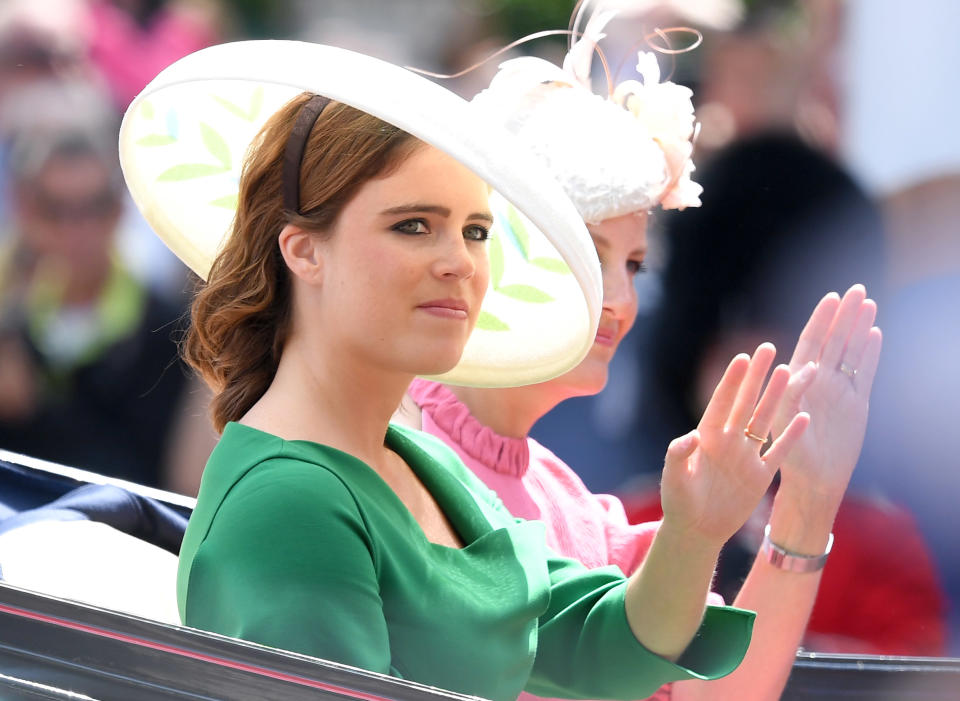This is how the royal family make money
With additional reporting by Alanna Petroff.
Where does the royal family get their money from?
It’s a common question asked all over the world, but the answer is tricky to pin down since the royals don’t divulge many key details about their finances.
While some family members work full-time for the monarchy, others have jobs in the private sector.

And the confusion about royal earnings can often cause a fair bit of backlash when events, like the most recent royal wedding between Princess Eugenie and Jack Brooksbank, have many wondering exactly who was footing the bill.
Here’s what we know about the royal finances:
Queen Elizabeth II
In essence, the Queen is the main breadwinner and money filters down from her to her royal clan.
The Queen’s three key income sources are:
The Sovereign Grant, plus extras
The Duchy of Lancaster estate
Personal property and investments
The Sovereign Grant is an annual lump sum from the government that the Queen uses to cover royal expenses related to travel, security, staff and the maintenance of royal palaces.
In the latest financial year, the Queen received £76.1m ($132m), with a big portion of that money earmarked for a multi-year renovation programme at Buckingham Palace.
Sovereign Grant money comes to the Queen in a roundabout way: Money is first generated by Crown Estate properties across the UK, which bring in hundreds of millions of pounds annually. This is handed over to the government and, in essence, the Queen gets a slice back later on in the form of the Sovereign Grant.
As a sweetener, the Queen also brought in an extra £17.3m ($30.2m) from facilities management charges and property rental income in the latest financial year.

The Queen’s Duchy of Lancaster is a private estate of commercial, agricultural and residential properties that generated £20.2m ($35.2 m) in income during the last fiscal year. The Queen uses this money to pay for official and private expenses. It is also used to cover costs incurred by her royal family members when they undertake official engagements on her behalf.
The Queen’s personal assets and investments also include a few castles, a large stamp collection and a stock portfolio.
(Meanwhile, the Crown Jewels aren’t actually owned by the Queen. A charity, the Royal Collection Trust, owns and manages these jewels and many other valuable objects.)
Prince Charles and his family
Prince Charles and his wife Camilla, formally known as The Prince of Wales and The Duchess of Cornwall, rely on the Duchy of Cornwall for the majority of their income.
This private estate was set up in 1337 to provide an income to the heir to the throne. The Duchy of Cornwall owns and operates a vast amount of land and properties across the country, bringing in an annual surplus in excess of £20m ($34.9m) that goes to the royal couple.
They also receive some money from the Queen’s Sovereign Grant and UK government departments to pay for their official trips, property expenses and security.

Prince Charles also gives money to his children and their spouses – Prince William, Kate Middleton, Prince Harry and Meghan Markle – who are formally known as the Duke and Duchess of Cambridge and the Duke and Duchess of Sussex.
The exact amount they receive each year is shrouded in mystery since these figures are not reported separately.
In the latest financial year, Prince Charles set aside £5m ($8.7m) for his children, but this money also covered “capital expenditure” and Charles’ savings.
William, Kate, Harry and Meghan are also reimbursed when they perform official duties on behalf of the Queen. And both William and Harry inherited wealth from their mother, the late Princess Diana.
The rest of the royal clan
Buckingham Palace is not particularly forthcoming with further information about how the rest of the royal family make their money.
The Queen’s two youngest children, Andrew, the Duke of York, and Edward, the Earl of Wessex, work full-time for the Queen and make public appearances on her behalf.

The Queen pays for their work through the Sovereign Grant and Duchy of Lancaster.
Meanwhile, the next generation is expected to pursue their own careers.
For example, Andrew’s daughter Princess Eugenie works at the gallery Hauser & Wirth. She does not take part in official trips or duties. Her sister, Princess Beatrice, works in the business world.
A spokesperson at Buckingham Palace declined to comment on reported trust funds for both women, noting this was a private matter.
Got a story tip? Send it to tips@oath.com
Want more lifestyle and celebrity news? Follow Yahoo Lifestyle on Facebook, Twitter and Instagram.
Or sign up to our daily newsletter here.

 Yahoo Lifestyle
Yahoo Lifestyle 

